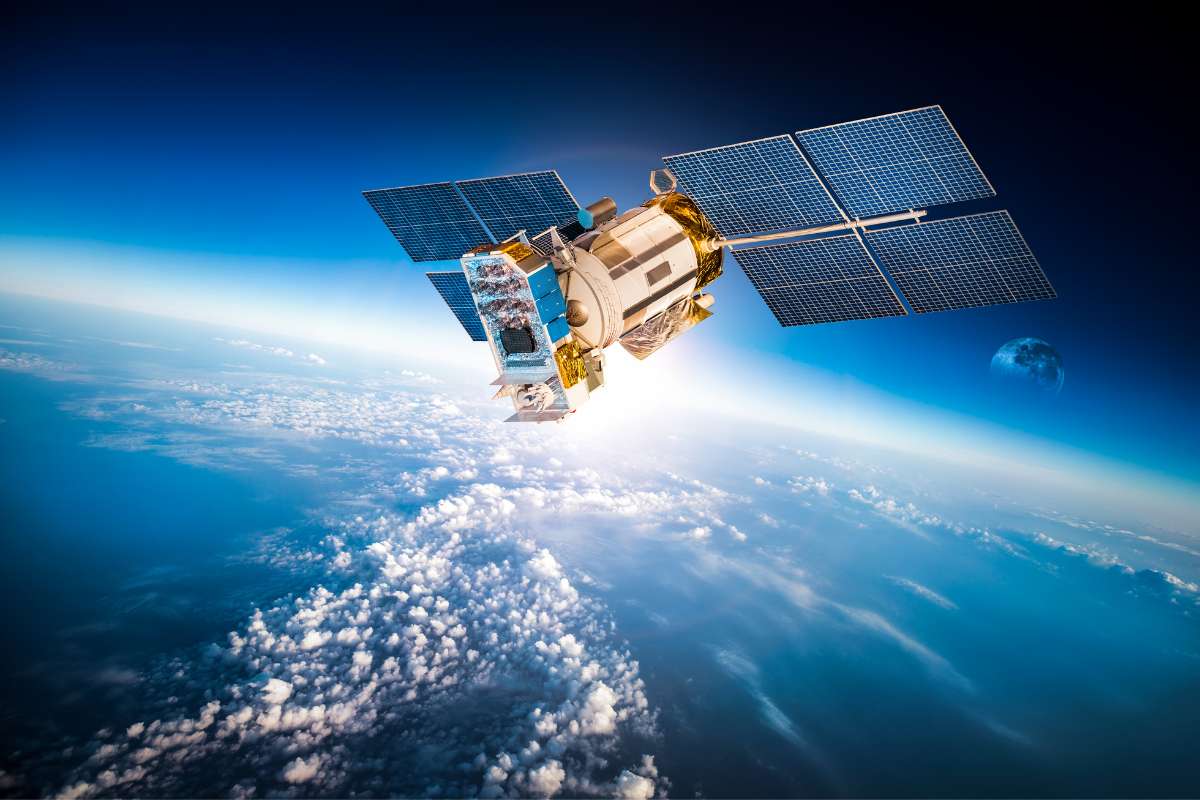
It would not be an exaggeration to say that satellite internet in India is currently experiencing a boom and will likely overtake 5G services as the next big thing. From Elon Musk's Starlink to Mukesh Ambani's Reliance Jio, several influential figures in telecommunication have made steps to provide satellite-based internet connections to distant regions of the country where cable and fibre internet have not yet reached. Using satellites in orbit, a satellite internet connection offers high-speed internet connections.
The Data Bandwidth Available Between GSAT-11 and GSAT-29 Is 14 Gbps
In September, Hughes Communications India announced the launch of its first high-throughput satellite (HTS) broadband internet service in India in collaboration with the Indian Space Research Organisation (ISRO). A joint venture between Bharti Airtel, owned by Sunil Mittal, and Hughes Network Systems, US, is known as Hughes Communications India. The launch aims to provide satellite internet services in rural areas of India.
Geosynchronous Satellites 11 and 29 (GSAT) from ISRO will be used for the service. The two satellites were launched in 2018 with the goal of providing better bandwidth satellite connection by the Indian Space Research Organisation. Following the launch, K Sivan, who was then the chairman of ISRO, stated that the satellite could provide a peak data capacity of 14 Gbps using satellite networks. Apparently capable of providing internet connectivity capacity of up to 100 Mbps, Hughes Communications India's newly introduced service. It is noteworthy that Bharti Airtel was the first business to introduce 5G services in India in October.
Reliance Jio, which announced its entry into this market in February of this year, has joined the nation's still-emerging satellite internet arena. Under the moniker Jio Space Technology Limited, it has collaborated on this with the Luxembourg-based SES. The company gained approval from the Department of Telecommunications (DoT) in September to launch high-speed internet from space services in the nation.
Although one of the leaders in the satellite internet industry, Elon Musk's Starlink has had difficulty growing its customer base in the Indian market. The company had to cease the same after the DoT's snub citing the absence of licence, despite having started taking pre-bookings in India and rolling out its services in remote Antarctica last year.
The ability to serve remote areas of the globe where cable and fibre internet are challenging to access is the primary benefit of satellite-based internet service. The way it operates is as follows: the internet service provider (ISP) initially transmits internet signals to the satellites. Then the user receives them through the satellite dish, which is connected to a modem, improves the signal on the user's computer, intercepts them.
It has various drawbacks compared to cable and fibre internet despite the advanced technology used. Compared to cable internet, satellite internet is significantly slower. While it might not be a big deal for routine things like web browsing and email, it might be a significant disadvantage for activities like online gaming.















